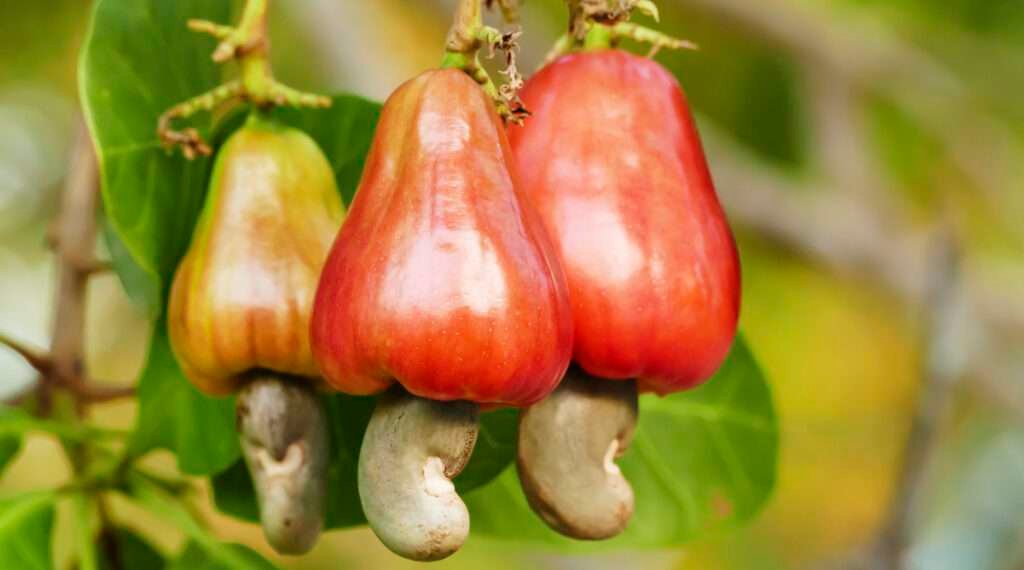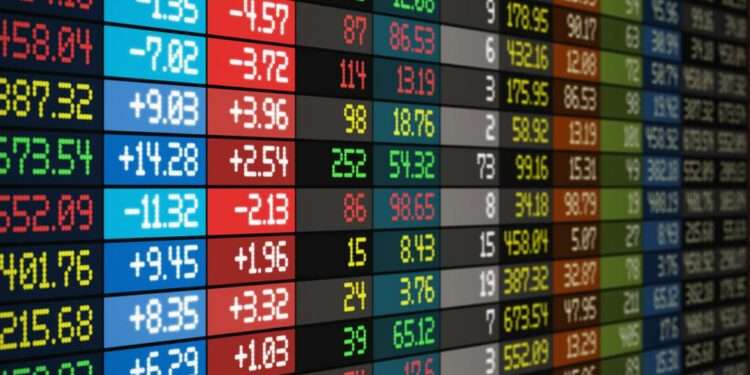Ghana’s exports of raw cashew nut (RCN) represents an average of 12.5 per cent of the global exports of cashew nut in shell since 2017.
Exports of raw cashew nut increased from 9.03% in 2017 and shot up to 17.92% in 2018, however, exports declined to 11.95% and saw a further decline in 2020 by 11.01%.
Data provided by the Ghana Exports Promotion Authority (GEPA) indicate that the major importers of these raw cashew nuts in 2020 were from the North America (US$114,000), Europe (US$192,000) and Asia (US$340,355 million).
Specifically, of all exports to Asia, Vietnam was the highest importing country of RCN (58%), followed by India which imported 41 per cent of total exports to the region and others (1%). Also, of all exports to Europe, UK was the highest importer of RCN (99%) and other countries (1%). In the North American region, Canada was the only country that imported RCN, representing 100% of all exports to the region.
Against this backdrop, cashew production has been increasing since 2016 until production peaked in 2018 and declined subsequently in 2019. Production increased from 78,268 metric tonnes (MT) in 2016, and then increased to 90,000 MT in 2017 reaching a new high of 102,531 MT in 2018. However, production declined subsequently to 85,962 MT.
Imports of raw cashew nut to Ghana’s top ten countries have raked in an average of US$272,928,000 since 2018 to the country, with the top two importing countries- Vietnam and India contributing so much to this pie.
This notwithstanding, the value of exports have been declining over the period given available data. This is attributed to price volatilities throughout the period under review (2016-2020). This is a worrying trend as shocks from the world market adversely affects the value of raw cashew exports.
Value-Addition is the way to go
In a recent UNCTAD publication, Ghana’s export capacity of raw cashew nut classified it as the third largest exporter of raw cashew nut. Ghana loses out big on the potential of cashing in on adding value to its raw cashew nut produced.
However, Ghana’s top two Asian importers- Vietnam and India process the raw cashew nut. In 2018, the export price of cashew kernels from India to the European Union reached about 3.5 times more than the price paid on exports of raw cashew nut. Meanwhile, more than 80 per cent of Ghana’s raw cashew nut is exported to these top two Asian countries.
After secondary processing in the EU, the price of kernels reached about 2.5 times higher than when exported from India. And about 8.5 times higher than when exported in its raw form.
According to the UNCTAD data, 60 per cent of traded kernels are roasted, salted, packaged and consumed as a snack. Better still kernels are used for ingredients in some drinks, bars or other products.
Value addition is woefully lacking in most of Ghana’s commodity exports, and more so in the cashew value chain.
Considering the impact of the Covid-19 pandemic on the global economy and more specifically on commodity dependent economies in terms of worsening price shocks, value addition must be championed aggressively.
It is not enough to be among the major exporters of cashew nut, but preferably revenue sources from the commodity should be diversified in order to cash in big from the commodity.
READ ALSO: 2021 PHC ends on Sunday, mop-up expected in some areas



















